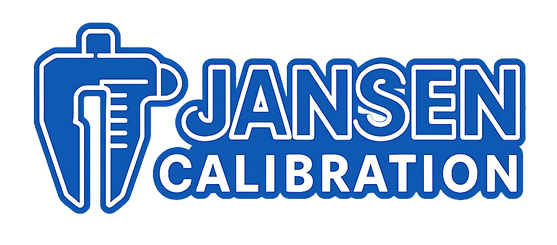No products in the cart.

Dial indicators are among the most trusted tools in dimensional measurement, ensuring accurate readings in manufacturing, machining, quality control, and engineering applications. However, like any precision instrument, they require proper maintenance and calibration to guarantee consistent performance over time.
In 2025, with industries pushing for tighter tolerances and stricter compliance standards, maintaining your dial indicators is more critical than ever. This article explores the best practices, common mistakes to avoid, and the importance of calibration for extending the lifespan and accuracy of your dial indicators.
Why Dial Indicator Maintenance Matters
A dial indicator may look simple compared to high-tech instruments, but its reliability directly impacts measurement accuracy in:
Machining and tool alignment
Flatness and parallelism checks
Runout and concentricity testing
Fixture and jig inspections
Without regular care, issues like sticky movement, worn gears, or misaligned spindles can compromise measurements and lead to costly rework. Proper maintenance ensures your tools remain trustworthy for years.
Best Practices for Dial Indicator Maintenance
1. Keep Instruments Clean and Free from Debris
Metal shavings, dust, and oil are the biggest enemies of dial indicators. Always wipe the instrument with a clean, lint-free cloth after use. Avoid using harsh solvents that could damage internal components.
2. Store in a Controlled Environment
When not in use, store dial indicators in protective cases to prevent exposure to moisture and impact. If your lab has varying temperature and humidity conditions, consider using a humidity-controlled storage cabinet.
3. Lubricate Moving Parts Sparingly
Light lubrication prevents internal components from wearing prematurely. Use manufacturer-approved oils sparingly — excessive lubrication can attract dirt and cause sticky movements.
4. Handle with Care
Never drop, overload, or press the spindle sideways. Even minor misuse can bend sensitive internal gears. Train operators on proper handling to avoid unintentional damage.
Common Mistakes to Avoid
Using the indicator beyond its measuring range – Always stay within the specified limit to prevent internal damage.
Skipping calibration schedules – Without calibration, readings may drift over time, even if the tool looks fine.
Improper mounting – Incorrectly clamping a dial indicator can distort readings. Always mount securely with proper holders.
Neglecting environmental impact – High humidity, vibration, or temperature fluctuations can degrade performance.
Calibration: The Key to Long-Term Accuracy
Just like micrometers and digital calipers, dial indicators require periodic calibration to maintain their traceability and reliability. Calibration verifies that the indicator’s readings align with certified standards.
For professional results, many facilities rely on calibration instruments such as:
Multifunction Calibrators – versatile tools that support dimensional, electrical, and pressure calibration.
Dimensional Measurement Instruments – essential for comparing and verifying dial indicator readings.
Calibration Services and Accessories – to ensure compliance with ISO/IEC 17025 standards.
Extending the Lifespan of Your Dial Indicators
To maximize the return on your investment:
Implement a preventive maintenance program – Schedule inspections, cleaning, and lubrication.
Maintain calibration records – Documenting calibration history ensures compliance during audits.
Train your team – Proper usage and handling reduce unnecessary wear and tear.
Rotate tools – Avoid overusing one instrument while others remain idle.
Conclusion
Dial indicators may seem straightforward, but they are precision tools that demand care. By practicing regular cleaning, proper storage, gentle handling, and scheduled calibration, you can ensure long-term accuracy and reliability in every measurement task.
For deeper insights into dimensional measurement tools, explore our guide on the Top 5 Multifunction Calibrators for Process Technicians. To equip your workshop or laboratory with durable and high-accuracy instruments, browse our complete range of dimensional measurement solutions.
With the right maintenance strategy, your dial indicators will remain dependable companions in precision measurement for years to come.
